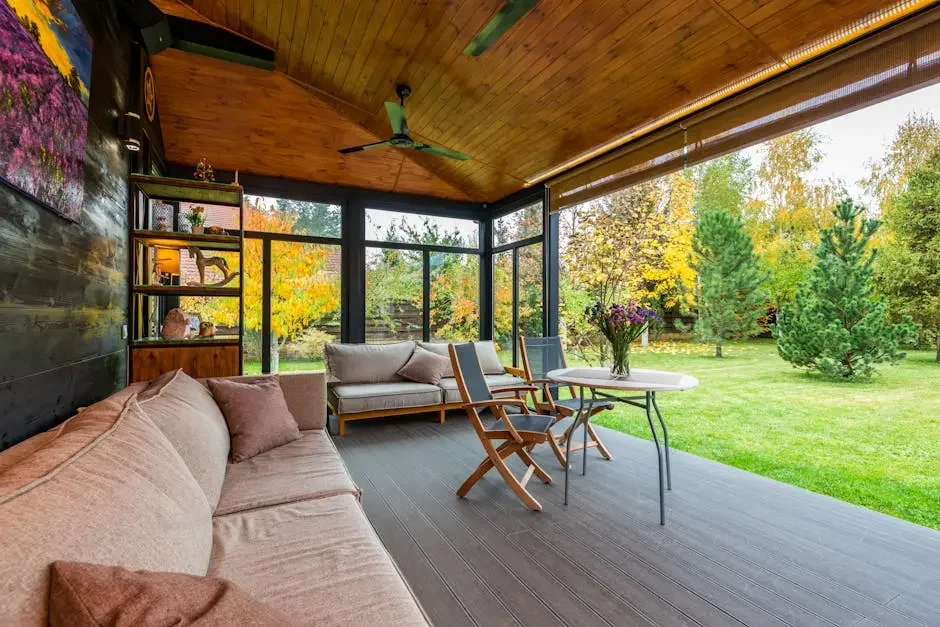How Can I Enhance My Home's Curb Appeal with Landscape Design?
Boosting your home's curb appeal can do wonders not only for the beauty of your property but also for its value. With the right landscape design, you can transform an ordinary yard into a stunning visual masterpiece. This guide will help you understand the steps involved in enhancing your home's curb appeal through thoughtful and effective landscape design.
Evaluate Your Current Landscape
Start by taking a good look at what you currently have. Identify the areas that need improvement and envision how you want them to look. Consider elements like health of plants, the layout, and existing features.
It's important to note that not every plant thrives in every environment. Assessing the health of your current vegetation can provide insights into whether you're using the right plants for your region's climate and soil conditions. If you're unsure, consulting with a local expert can help.
Don't forget to consider the existing hardscapes, such as pathways or patios. These can either frame your garden beautifully when in good condition or detract from it if they are not well-maintained. Look for cracks, discoloration, or areas where weeds might be peeking through.
Did you know that a thorough assessment can actually help you budget more effectively? By understanding what you already have, you can make informed decisions about what really needs to be changed, and focus your resources accordingly.
Define Your Style and Goals
Think about the kind of atmosphere you want to create. Do you prefer a modern, minimalist look, or a lush, traditional garden? Setting clear goals will guide your design choices.
One great way to define your style is to look at landscape design trends that resonate with you. Whether it's using native plants or incorporating more eco-friendly features, trends can inspire and guide your decisions.
Setting goals is not just about aesthetics. Consider how you want to use the space. Are you looking for a tranquil retreat, a vibrant entertainment area, or a functional play space for children? Your usage goals should inform your design.
Consider creating a mood board to visualize your ideas and goals. Collect images, fabric samples, and color swatches that represent your vision. This can serve as a helpful reference as you move forward with your planning.
Choose the Right Plants and Materials
Select plants and materials that complement each other and thrive in your climate. Consider factors like color, texture, and maintenance needs to ensure a cohesive look.
Researching which native plants are best suited for your area is a smart strategy. Native plants are adapted to the local climate and soil conditions, so they typically require less water and care, making them a sustainable choice.
In terms of materials, natural stone, wood, and reclaimed materials are popular choices. They not only add visual interest but also enhance durability and blend well with the natural environment.
Seasonal plants can add variety and keep your landscape looking fresh throughout the year. Think about including a mix of perennials and annuals for constant color and vibrancy.
Incorporate Hardscaping Elements
Add structural elements like walkways, patios, and walls to enhance the functionality and aesthetic appeal of your landscape. Choose materials that harmonize with the house and existing landscape.
Incorporating retaining walls can provide both structural integrity and visual appeal. They help manage soil erosion on sloped terrains and create distinct garden zones.
Well-designed driveways and walkways not only provide direction but can also unify the different elements of your landscape. Look into permeable paving options to promote better rainwater absorption.
Water features such as fountains or ponds are captivating hardscaping additions that can set a soothing mood in your outdoor space. They encourage relaxation and create a natural focal point.
Focus on Lighting
Good lighting can add layers and drama to your landscape, highlighting key features and creating a warm, inviting ambience. Explore options like solar lights, string lights, and spotlights.
Consider incorporating motion sensor lights for added security in strategic points around your property, such as walkways and entryways. They enhance safety while being energy-efficient.
Accent lighting can effectively highlight specific plants, architectural features, or decorative elements in your landscape. Using low-voltage landscape lighting is efficient and adds charm.
Need a more whimsical touch? String lights draped across a patio or garden create an inviting ambiance for outdoor gatherings, making your landscape usable in the evening.
Maintain Your Landscape
Regular maintenance is key to keeping your landscape looking its best. Develop a maintenance plan that includes tasks like weeding, pruning, and watering to preserve your home's curb appeal.
Create a seasonal checklist to address tasks that come up with each season's arrival. This ensures that you're prepared for changes in weather and plant requirements.
Investing in efficient irrigation systems can make watering much easier while conserving water. Automated drip irrigation systems are particularly effective in providing consistent moisture levels without wastage.
Don't forget about soil health! Regularly test and amend your soil with the right nutrients to keep plants thriving. Healthy soil is a cornerstone of a vibrant landscape.
Transform Your Home with Thoughtful Landscape Design
By following these steps, you can create a landscape that not only enhances your home's curb appeal but also provides a welcoming environment for you and your guests. Effective landscape design isn't about having a large budget; it's about smart planning and creative solutions that reflect your personal style.

